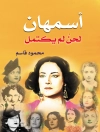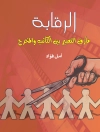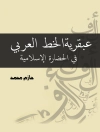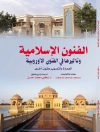Sometime before 1579, Zhou Lujing, a professional writer living in a bustling commercial town in southeastern China, published a series of lavishly illustrated books, which constituted the first multigenre painting manuals in Chinese history. Their popularity was immediate and their contents and format were widely reprinted and disseminated in a number of contemporary publications. Focusing on Zhou’s work, Art by the Book describes how such publications accommodated the cultural taste and demands of the general public, and shows how painting manuals functioned as a form in which everything from icons of popular culture to graphic or literary cliche was presented to both gratify and shape the sensibilities of a growing reading public. As a special commodity of early modern China, when cultural standing was measured by a person’s command of literati taste and lore, painting manuals provided nonelite readers with a device for enhancing social capital.
Innehållsförteckning
Acknowledgments
Chronology of Chinese Dynasties
Introduction
William Shakespeare, a Great Painter?
1. Genre and Biography
2. Words without Images
3. Portraits of the Characteristic
4. Icons of Love and Marginality
5. The Art of Being Artistic
Coda: The Late Ming at the Crossroads
Appendix 1 | Locations and Editions of Late Ming Painting Manuals
Appendix 2 | Lost Manuals and Albums of the Ming Dynasty
Notes
Glossary
Bibliography
Index
Plates follow page
Om författaren
J. P. Park is June and Simon Li Associate Professor of Art History, University of Oxford. He is the author of Art by the Book: Painting Manuals and the Leisure Life in Late Ming China (University of Washington Press, 2012) and A New Middle Kingdom: Painting and Cultural Politics in Late Chosŏn Korea (1700–1850) (University of Washington Press, 2018); and coeditor of A Companion to Korean Art History (Wiley-Blackwell, 2020).












